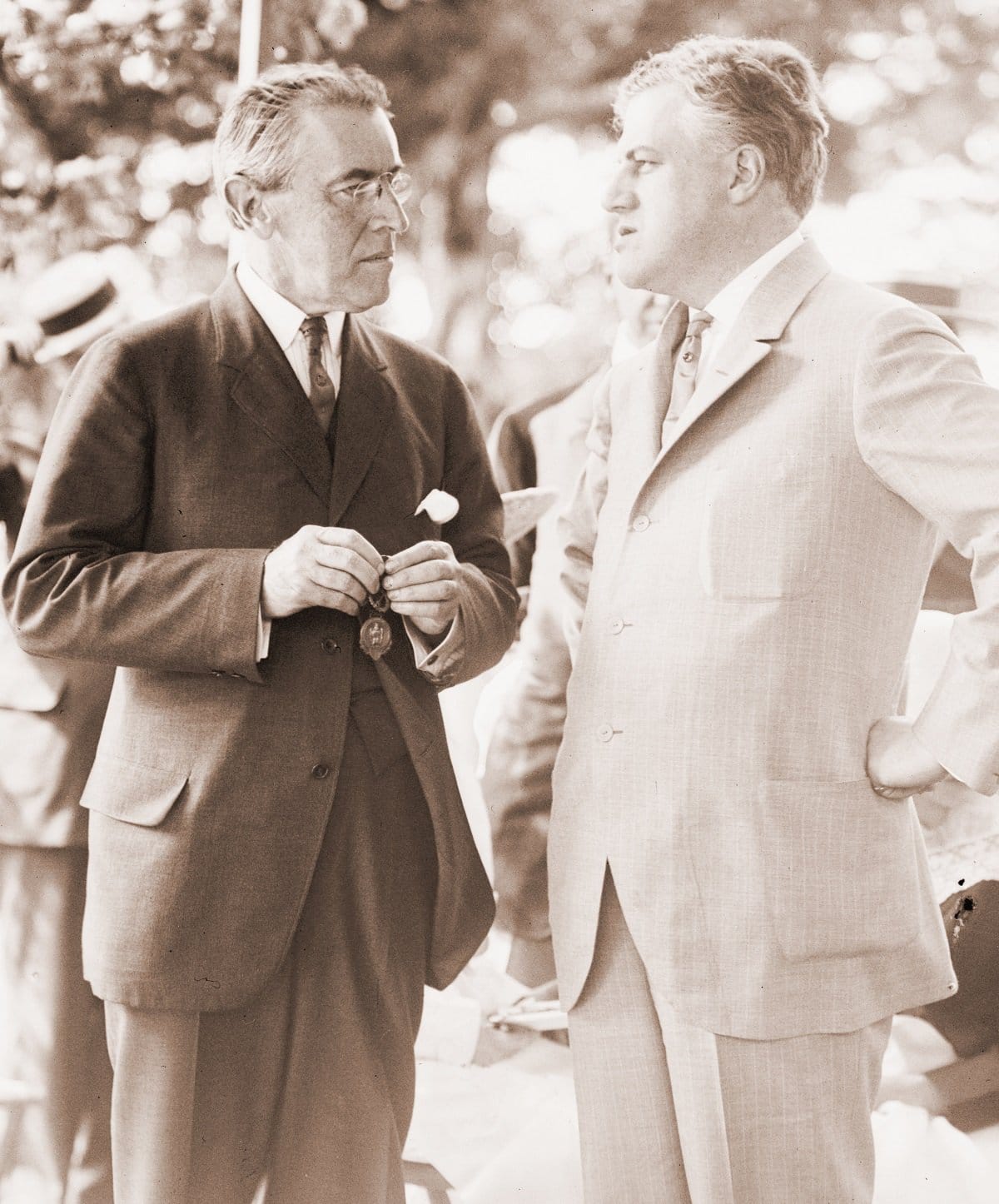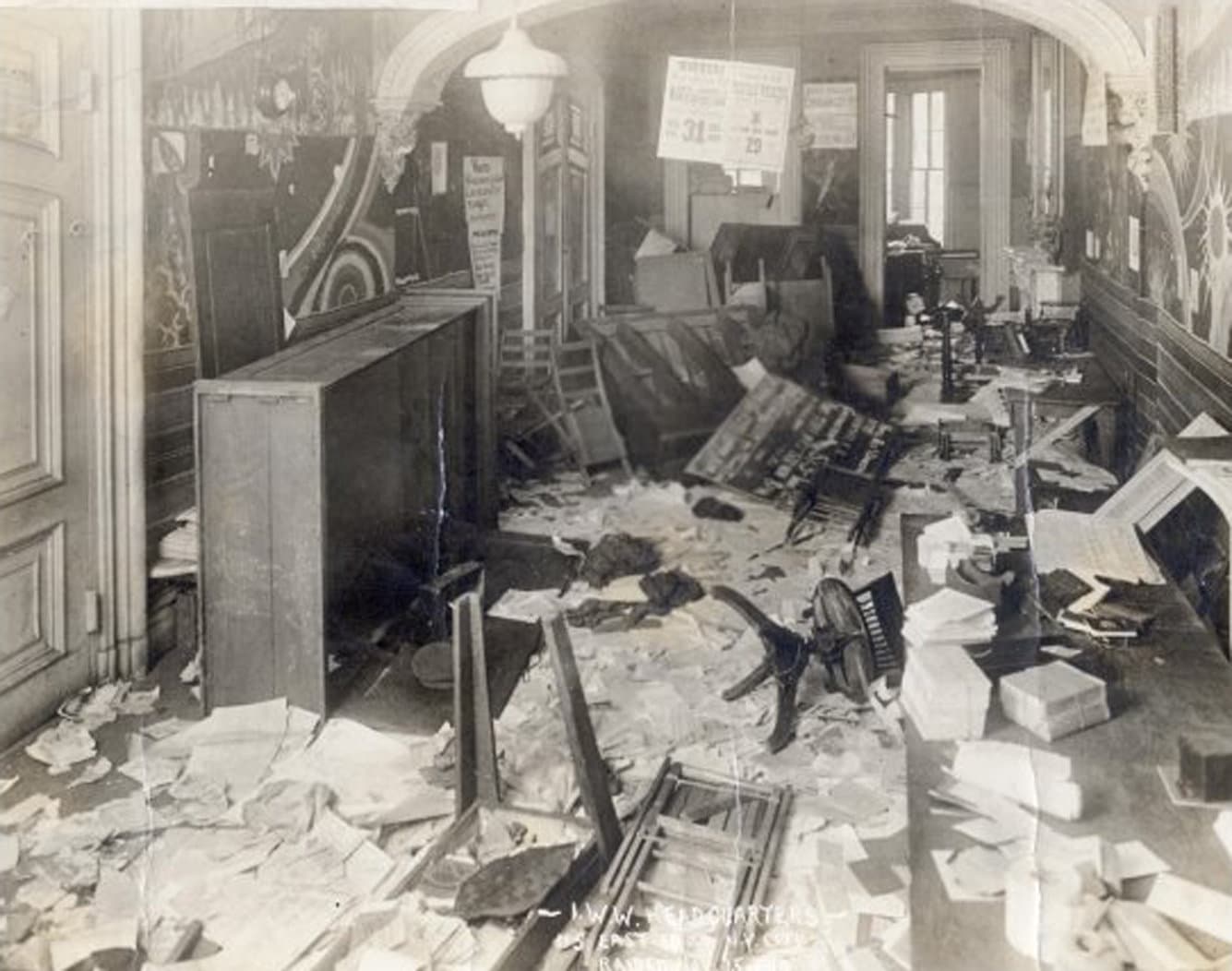
ADVERTISEMENT - CONTINUE READING BELOW
A Very Tense Year
The summer of 1919 was tense in America. The Spanish flu would eventually kill as many Americans as Covid-19, in a population about a third the size of 2022’s, race riots raged, and major strikes caused serious disruptions. The anarchist bombings on top of all that led many to imagine a vast and coordinated communist conspiracy to tip America over into revolution. In response, US Attorney General A. Mitchell Palmer, whom anarchists had tried to bomb twice in 1919, set out to suppress radical organizations. From late 1919 through early 1920, he organized a series of nationwide police actions that came to be known as the Palmer Raids. Wartime laws such as the Espionage Act of 1917 and the Sedition Act of 1918 had criminalized many forms of speech. The Sedition Act in particular had criminalized disloyal language, whether spoken or written, against the US government.

ADVERTISEMENT - CONTINUE READING BELOW
With many Americans in the grip of panic about a Bolshevik style revolution in the US, Palmer weaponized those statues to go after radicals. As tensions mounted in the summer of 1919, US Attorney General A. Mitchell Palmer startled the House Appropriations Committee with alarmist testimony. He falsely stated that radicals planned to “rise up and destroy the government in one fell swoop“. He requested a huge budget increase to thwart that, but the committee eventually gave him only 5% of what he had asked for. Thwarted but undaunted, Palmer ordered the arrest of a New York anarchist group, and charged them under a Civil War law. A federal judge swiftly tossed out the case on grounds that the defendants wanted to change the government through their free speech rights, not violence. Criminal statutes did not get Palmer what he wanted, so he turned to immigration laws.

